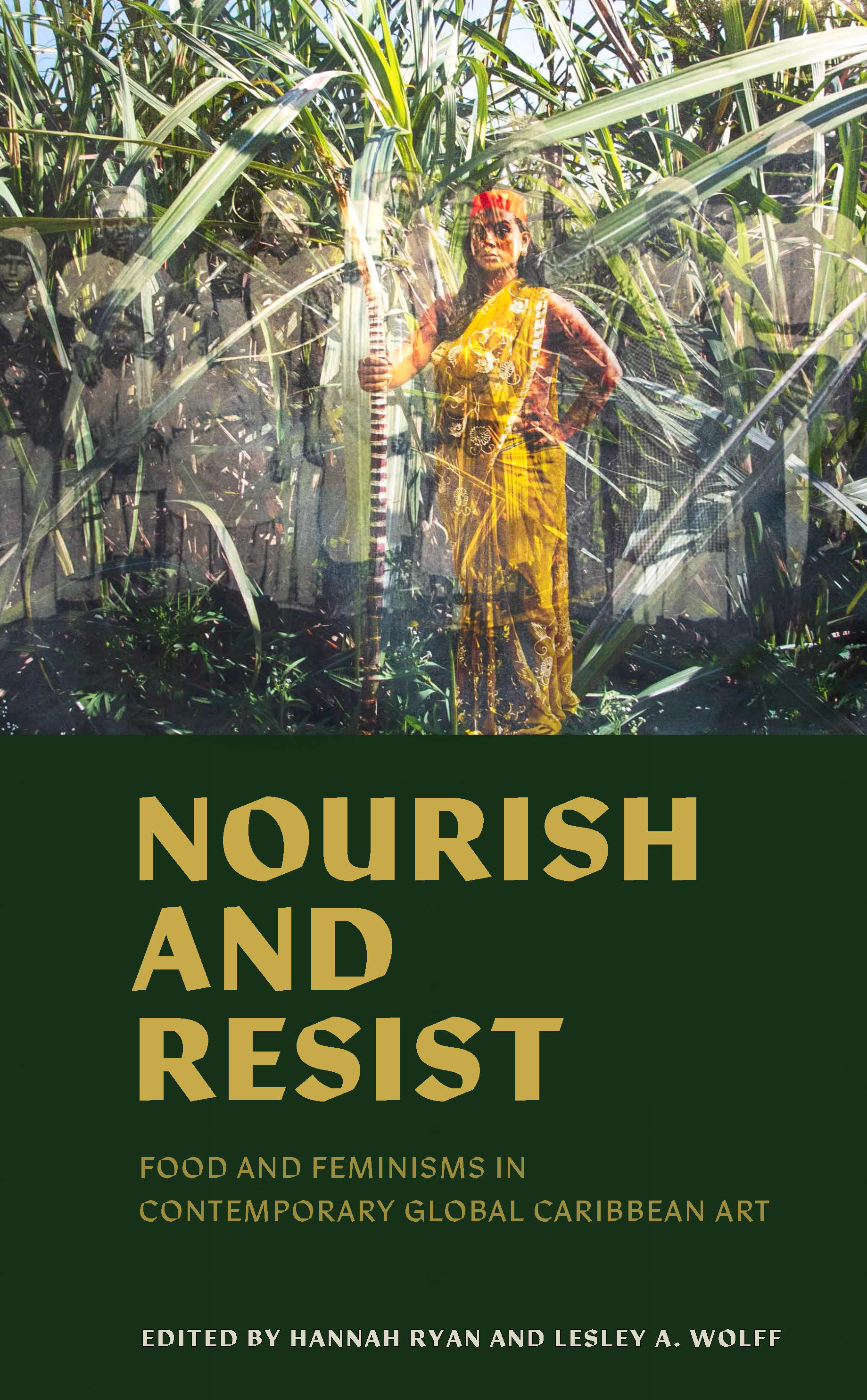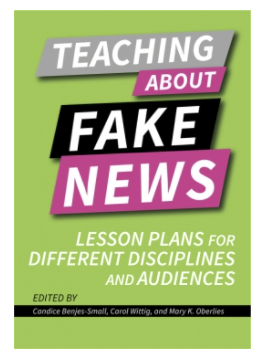SELECT AUTHORED PUBLICATIONS
2024 “The CarbBasin Recipe Cards,” Nourish and Resist: Food and Transatlantic Feminisms in Contemporary Global Caribbean Art, Editors: Leslie Wolff (Assistant Professor of Art History, Florida State Univ.) and Hannah Ryan (Assistant Professor of Art History, St. Olaf College), Yale University Press.
I consider two distinct post-colonial infrastructures: the consumption of Caribbean foods and the oil production culture in the Permian Basin region of Texas. The discussion hinges upon a series of artwork, a.k.a. recipe cards, produced by me. Some imagined, some tried and true, the recipes embody the ambiguity of post-colonial life in twenty-first century Texas. I highlight the materiality of the recipe cards and the interplay amongst text and photographic images. The artwork brings in shared characteristics between Caribbean foods, Southwest cuisine, and petroleum such as viscosity, extraction, stickiness, once-lived organisms, etc. Drawing parallels between the structure of the recipe cards and food exchanges between the Carrebian and Texas, the article argues that the recipes of today are defined by the apparatus of oil production and post-colonial infrastructures.
![]()
2021 “Photographic Arts and Fake News.” Fake News: Lesson Plans for Different Disciplines and Audiences. Association of College
and Research Libraries (ACRL).
![]()
2024 “The CarbBasin Recipe Cards,” Nourish and Resist: Food and Transatlantic Feminisms in Contemporary Global Caribbean Art, Editors: Leslie Wolff (Assistant Professor of Art History, Florida State Univ.) and Hannah Ryan (Assistant Professor of Art History, St. Olaf College), Yale University Press.
I consider two distinct post-colonial infrastructures: the consumption of Caribbean foods and the oil production culture in the Permian Basin region of Texas. The discussion hinges upon a series of artwork, a.k.a. recipe cards, produced by me. Some imagined, some tried and true, the recipes embody the ambiguity of post-colonial life in twenty-first century Texas. I highlight the materiality of the recipe cards and the interplay amongst text and photographic images. The artwork brings in shared characteristics between Caribbean foods, Southwest cuisine, and petroleum such as viscosity, extraction, stickiness, once-lived organisms, etc. Drawing parallels between the structure of the recipe cards and food exchanges between the Carrebian and Texas, the article argues that the recipes of today are defined by the apparatus of oil production and post-colonial infrastructures.

2021 “Photographic Arts and Fake News.” Fake News: Lesson Plans for Different Disciplines and Audiences. Association of College
and Research Libraries (ACRL).

Photographic Art and Fake News begins with the assumption that a photograph is inherently deceptive. In supporting this argument, I will start with the very inception of photography and end with the example of computational photography that is used in mobile phone technology. The examples in this chapter bring attention to the discrepancies which occur when attempting to record “truth” by a photographic means. I will begin by introducing the first existing light-sensitive image invented by Joseph Nicéphore Niépce (b. 1756). Subsequently, I will follow William Henry Fox Talbot (b. 1800), his book Pencil of Nature (which is also the first ever photo book), and how he declared photographs to be “facsimiles” of the world. These early inventors of photography firmly trusted and touted photography’s ability to record the truth about nature.
I will then present two cases that show how photography manipulates reality. Civil War photographer Timothy O’Sullivan (b. 1840) arranged corpses on the battlefield to capture a more “realistic” war scene. This example questions the term documentary and assesses its relationship with fake news. Relatedly, with their conceptual photobook Evidence (1972), photographic artists Mike Mandell and Larry Sultan fully and playfully take advantage of photography’s ability to both document and deceive.
In concluding, I will look into computational photography which is currently utilized in mobile phone technology and see how this method relies upon algorithms rather than direct capture to generate images.
I will then present two cases that show how photography manipulates reality. Civil War photographer Timothy O’Sullivan (b. 1840) arranged corpses on the battlefield to capture a more “realistic” war scene. This example questions the term documentary and assesses its relationship with fake news. Relatedly, with their conceptual photobook Evidence (1972), photographic artists Mike Mandell and Larry Sultan fully and playfully take advantage of photography’s ability to both document and deceive.
In concluding, I will look into computational photography which is currently utilized in mobile phone technology and see how this method relies upon algorithms rather than direct capture to generate images.